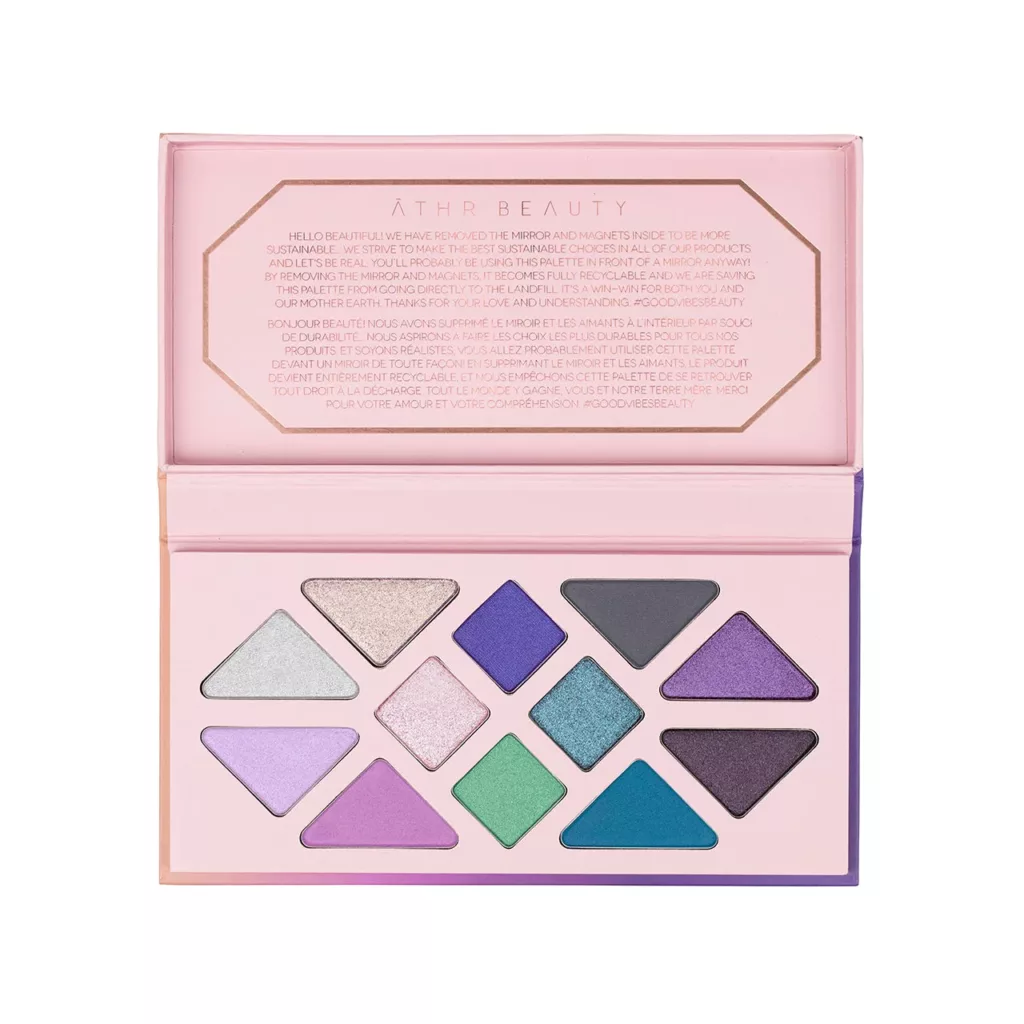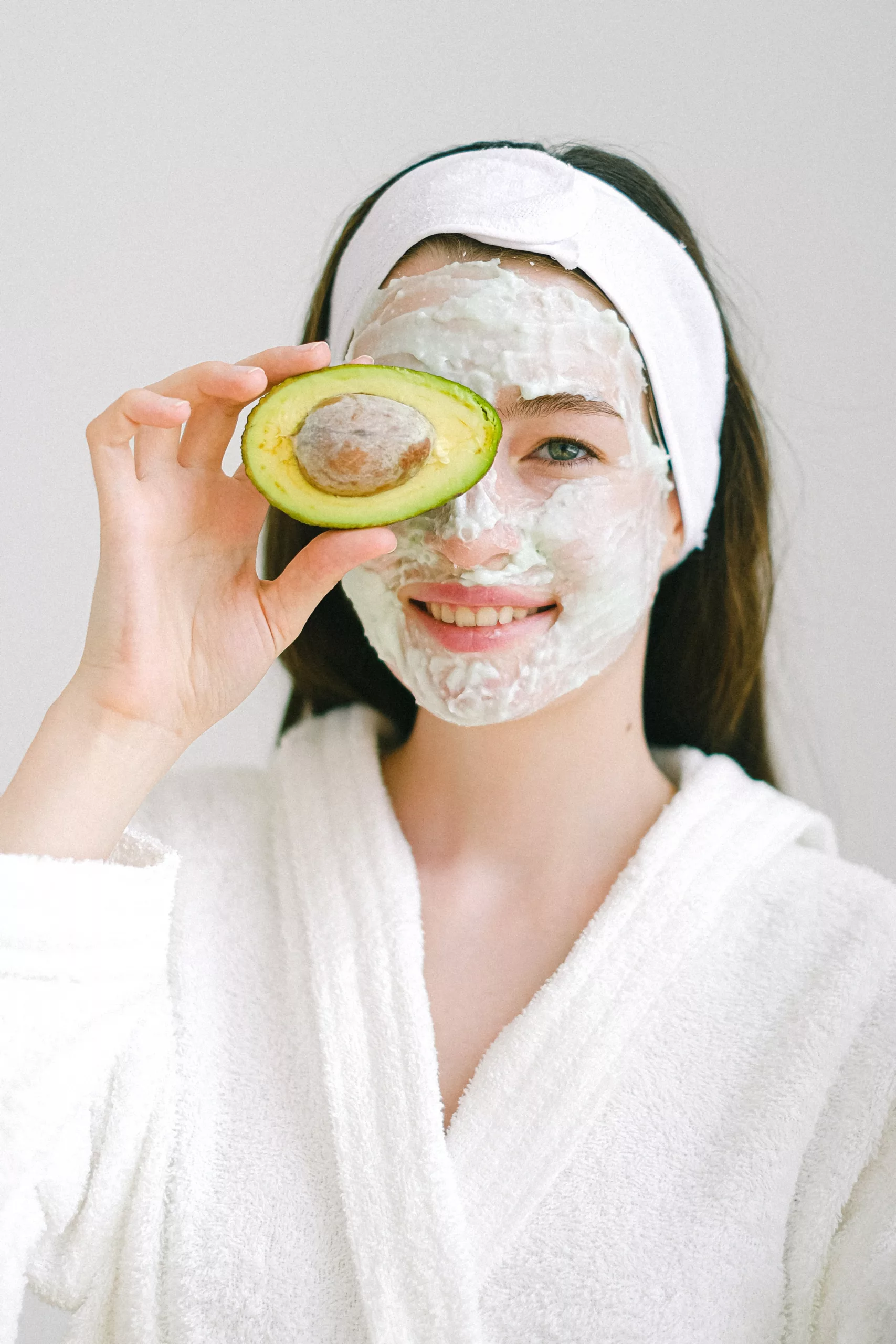Are you sick of gambling with your hygiene products? Are you wondering if that “miracle cream” will make you appear as glowing as a unicorn? Well, have no fear, as the power of consumer demand is here to save the day and promote transparency in beauty industry.
Did you know that around 66% of the women surveyed wanted greater transparency when it came to the labeling of beauty products? Indeed, we’re not just beautiful faces but also savvy shoppers!
So, let’s delve into the intriguing world of beauty, where savvy consumers are shaking things up and demanding to know exactly what’s on their faces.

The Importance of Transparency in Beauty Industry
Have you ever felt like a detective investigating the elusive cosmetics industry? One day they recommend applying snail mucus to achieve flawless skin; the next, it’s all about fermented yak milk. It’s like playing roulette with your skin maintenance! Transparency, however, can put an end to this confusion.
But what is transparency in the beauty world?
Transparency in the cosmetics industry is a game-changer, not just a buzzword. Moreover, guess what? Consumers demand it. Incredibly, 72% of purchasers (consumers) believe that brands should be honest about their products and ingredients. We no longer accept hollow promises and attractive packaging. We want to know exactly what’s in that magical bottle of vitality!
Now, why transparency? Why is transparency in beauty industry so crucial? Let’s begin with the most obvious: our health. Our epidermis is our largest organ, so what we apply to it is significant. By knowing the precise components of our beauty products, consumers can make informed decisions and avoid potentially hazardous substances.
When we have access to detailed information about a product’s sourcing, manufacturing, and environmental impact, we can make purchases that reflect our values. Do we wish to support brands that conduct animal experiments? Certainly not! Do we wish to contribute to the mindless use of plastic waste? No way!
Consumer Demand as a Catalyst for Change
In a world filled with beauty products promising flawless skin and eternal vitality, consumers are beginning to demand more than just magical claims. The increase in consumer demand for transparency in beauty industry has become a powerful force.
Dissecting consumer demand
A key component of this demand is the desire for ingredient transparency in cosmetic products. On the back of the tubes of their favorite creams, beauty enthusiasts are no longer satisfied with lists of chemicals illegible to the common eye! They urge us to know how these ingredients affect the environment and our health.
What has this shift in consumer demand led to? In response to this demand, leading ethical cosmetic brands have emerged. These brands are committed to responsibly procuring ingredients, promoting fair trade, and advocating for animal welfare. They proudly display their certifications and affiliations with organizations that prioritize ethical and environmentally responsible practices.
Consumer demand as a force
The clean beauty movement has acquired significant momentum in recent years, fueled by consumer demand. Clean Beauty promotes products free of hazardous chemicals and toxins, making them safer for our bodies and the environment. This movement has compelled traditional beauty product manufacturers to reevaluate their formulations and adjust to meet the rising demand for greener alternatives.
Understanding Beauty Product Ingredients
When it comes to cosmetic products, we all want to know the ingredients, correct? The days of uncritically believing catchy slogans and fancy packaging are over. Therefore, let’s delve into the world of beauty product ingredients and decode the mystery behind those long, difficult-to-pronounce names.

Some common beauty ingredients
Have you ever thought about what precisely the “parabens” and “phthalates” used in beauty products are? Are they harmless to the skin? Here’s the answer: Parabens, used in cosmetics, function as preservatives, while Phthalates are used for fragrance. Concerns regarding their harmfulness have been raised. But do not lose hope!
Are there any remedies?
Have you heard about the increasing popularity of natural and organic cosmetic products? People are increasingly switching to products from or containing botanical extracts, essential oils, and plant-based ingredients. These products avoid using corrosive chemicals and synthetic additives, making them more eco-friendly and gentle on the skin.
Other harmless ingredients
Let us not ignore the importance of antioxidants, vitamins, and minerals in cosmetics. What exactly do “vitamin C,” “retinol,” and “hyaluronic acid” do for our skin? Are they mere phrases, or do they produce tangible results? Antioxidants may benefit the epidermis by preventing or delaying cellular deterioration and aging. Antioxidants can be consumed in the form of food and supplements.
The Rise of Ethical Beauty Brands
What exactly constitutes an ethical brand? It begins with a commitment to procuring and utilizing safe, sustainable, and cruelty-free ingredients. Ethical beauty brands prioritize openness, sharing information about their sourcing, production methods, and the environmental impact of their products.
However, the advantages do not end there. Many beauty brands are upping their game and reevaluating their methods. Some examples of ethical beauty brands with sustainable beauty practices are:
Meow Meow Tweet

Meow Meow Tweet believes in the power of transparency and strives to create an open dialogue with its customers. By providing comprehensive information about its formulations, manufacturing processes, and supply chain, the brand empowers consumers to make informed choices. Meow Meow Tweeth’s dedication to sustainability and transparency not only sets a positive example in the beauty industry but also inspires and educates others to join the movement toward a more sustainable and transparent future.
ĀTHR Beauty

ATHR Beauty is a renowned beauty brand that has established itself as a pioneer in sustainability and transparency within the beauty industry. Their commitment to environmental responsibility is evident throughout their product range, as they prioritize using sustainable ingredients and packaging materials. ATHR Beauty sources ethically and responsibly, working closely with suppliers who share their values. They also take pride in providing full transparency to their customers, disclosing all ingredients used in their products and sharing information about their manufacturing processes.
EcoRoots

EcoRoots is a prominent brand that epitomizes sustainability and transparency in the beauty industry. With a strong commitment to reducing environmental impact, they offer a wide range of eco-friendly and zero-waste beauty products. EcoRoots ensures that all its products are crafted using ethically sourced and natural ingredients, avoiding harmful chemicals and toxins. They also prioritize packaging that is either recyclable, biodegradable, or compostable, striving to minimize waste throughout their supply chain.
Fat and the Moon

Fat and the Moon is a well-known brand that exemplifies sustainability and transparency in the beauty industry. Committed to creating products that are kind to both the body and the Earth, Fat and the Moon uses organic, ethically sourced, and sustainable ingredients in their formulations. They prioritize avoiding synthetic chemicals, opting for natural alternatives that are gentle and nourishing. Additionally, their packaging is minimalistic and eco-friendly, often using recyclable materials.
The Impact of Social Media and Influencers on Consumer Demand
Social media has revolutionized our interactions, communication, and even shopping habits. Its influence on consumer demand in the domain of beauty is undeniable. We often face fascinating images of models and influencers on social media. But do we ever question how these models affect our consumer decisions? Some examples follow:
- Consider the renowned beauty influencer @CleanBeautyQueen. Her ardent advocacy for clean beauty and support of ethical brands has attracted a significant fan base. She has become a respected authority in the cosmetics industry by discussing ingredients openly and encouraging her audience to make informed decisions.
- @EcoGlamGuru is another example of a person who promotes sustainable beautification practices. From eco-friendly packaging to cruelty-free products, she informs her audience of the benefits of selecting ethical brands.
As consumers, we must consider the extent to which these social media personalities impact our purchasing decisions.
The Role of Certification and Labeling in Transparency in Beauty Industry
Certification and labeling not only fuel transparency in beauty industry but also affect consumer demand. However, what role do certification and labeling play in promoting transparency?
Certifications
Certifications for beauty products generally include cruelty-free, organic, and vegan. These serve as tangible evidence that a product meets specific criteria. Moreover, they act as a guarantee against the use of harmful chemicals, animal-derived products, and the injuring of animals.
Labels
On the other hand, the label provides relevant and important information about the ingredients used, the source from which they’re derived, and their potential side effects, if any. Based on our different requirements and values, we can make informed choices. But do we always have the time and expertise to decipher intricate ingredient lists?
Ethical Sourcing and Sustainable Practices for Transparency in Beauty Industry
While looking for labels, questions like – Are the employees treated justly? Is the packaging favorable to the environment? These questions make us realize the importance of transparency in the beauty industry.

Ethical Sourcing: what is it?
Ethical sourcing ensures that the ingredients used in beauty products are obtained without affecting communities or the environment. It entails working directly with local farmers and suppliers, promoting fair commerce and sustainable agriculture. Beauty companies can empower communities and preserve biodiversity by adopting ethical procurement practices.
Sustainable practices
In contrast, sustainable practices aim to reduce the industry’s ecological legacy. This includes the utilization of renewable energy sources, the reduction of waste, and the selection of eco-friendly packaging. Sustainable brands emphasize using recyclable materials and inventive designs that encourage reuse.
Thankfully, numerous businesses are responding to the demand for ethical sourcing and sustainable practices. In doing so, they contribute to a healthier planet while also satisfying consumer demand.
The Clean Beauty Movement: Shifting Trends
As concerns regarding transparency in beauty industry, consumers have toppled the industry altogether. We see frequent scams on the news, hoping it is not one of the favored brands! To avoid this misery, the clean beauty movement has emerged. But what precisely is clean beauty and the reason for its popularity? Clean beauty are those products that constitute natural, non-toxic, and chemical-free ingredients.
Origin
So, why was this trend born?
- Increasing consumer awareness and education is an important factor. With increasing awareness, individuals have turned their thinking and choices to reflect their values. They no longer permit using products that harm their health or the environment.
- Social media and the internet have significantly contributed to disseminating the clean beauty message. Influencers and beauty bloggers share their experiences and advocate for pure, sustainable, and ethical products.
- The function of regulations and certifications is also an intriguing aspect. Environmental Working Group (EWG) and CertClean provide certifications and guidelines to aid consumers in navigating the often-confusing world of clean cosmetic products. These certifications ensure that products adhere to specific safety standards and ingredient requirements.
However, does the clean beauty movement make a difference? According to research, certain chemicals commonly found in conventional cosmetic products may have adverse health effects, such as hormone disruption and skin irritation. You can reduce their exposure to potentially harmful substances by selecting clean alternatives to conventional cosmetic products.
Consumer Empowerment and Influencing Change
By requiring transparency, consumers defend themselves and influence industry-wide change. In this age of conscientious consumerism, brands that embrace transparency obtain a competitive advantage and gain customer trust.

Ways to empower the consumer
How can consumers empower themselves in this pursuit of openness?
- In the first place, knowledge is authority. Educate yourself on common cosmetic ingredient risks and certifications. Be skeptical of marketing claims that appear too excellent to be true.
- Utilize the effectiveness of online communities. Engage with other beauty enthusiasts, discuss your experiences, and solicit advice.
- Support brands that prioritize openness and ethics. Look for Cruelty-Free, Organic, and Vegan certifications to ensure the products align with your values.
Collaborative Efforts: Consumers, Brands, and Industry Partnerships
The goals discussed so far have to come to reality. For this, a collaborative effort between various stakeholders is needed. Now, what is this collaborative effort? How can consumers, corporations, and industry stakeholders collaborate to promote transparency? Shared responsibility is a potential solution. Because knowledge is power, knowing the ingredients in our cosmetic products empowers us to make informed decisions.
How should corporations react? By fostering confidence through transparent labeling and sourcing practices disclosure. And what function do industry partnerships serve? By fostering research and innovation to develop sustainable, safe, and ethical cosmetic products.
Future of Transparency in Beauty Industry
The rising demand for transparency drives a remarkable transformation in the cosmetics industry. Consumers no longer find attractive packaging and appealing marketing slogans sufficient. They want to know what ingredients are in their products and where those ingredients come from.
Will openness become the new standard? The answer is an absolute yes. As consumer awareness and advocacy increase, they demand comprehensive disclosure. In response, brands provide comprehensive ingredient lists, third-party certifications, and ethical procurement methods. The future of the cosmetics industry is dependent on accountability, trust, and well-informed decisions. The future sees a transparent and glowing beauty industry.
Conclusion
Now that you know how influential customer demand is for transparency in the beauty industry, it’s time to take charge of your appearance. Adopt an open mindset and act in accordance with your core principles. Remember that your opinion counts and that we can keep pushing for greater openness in the cosmetics sector and create a more beautiful tomorrow by working together.
For more insights on sustainable shopping and consumerism, visit Ecowiser today and discover how you can make informed choices for a greener future!















